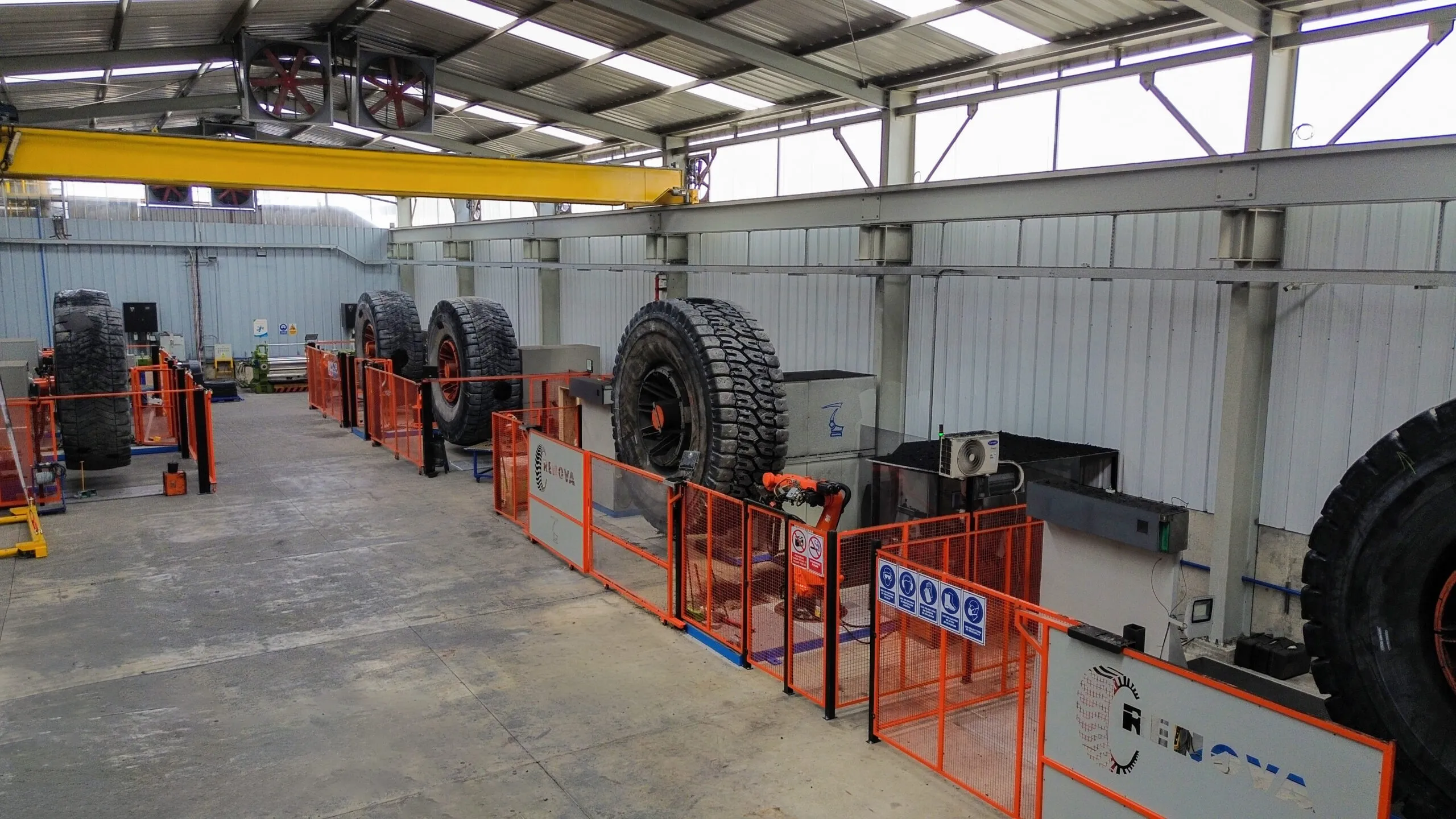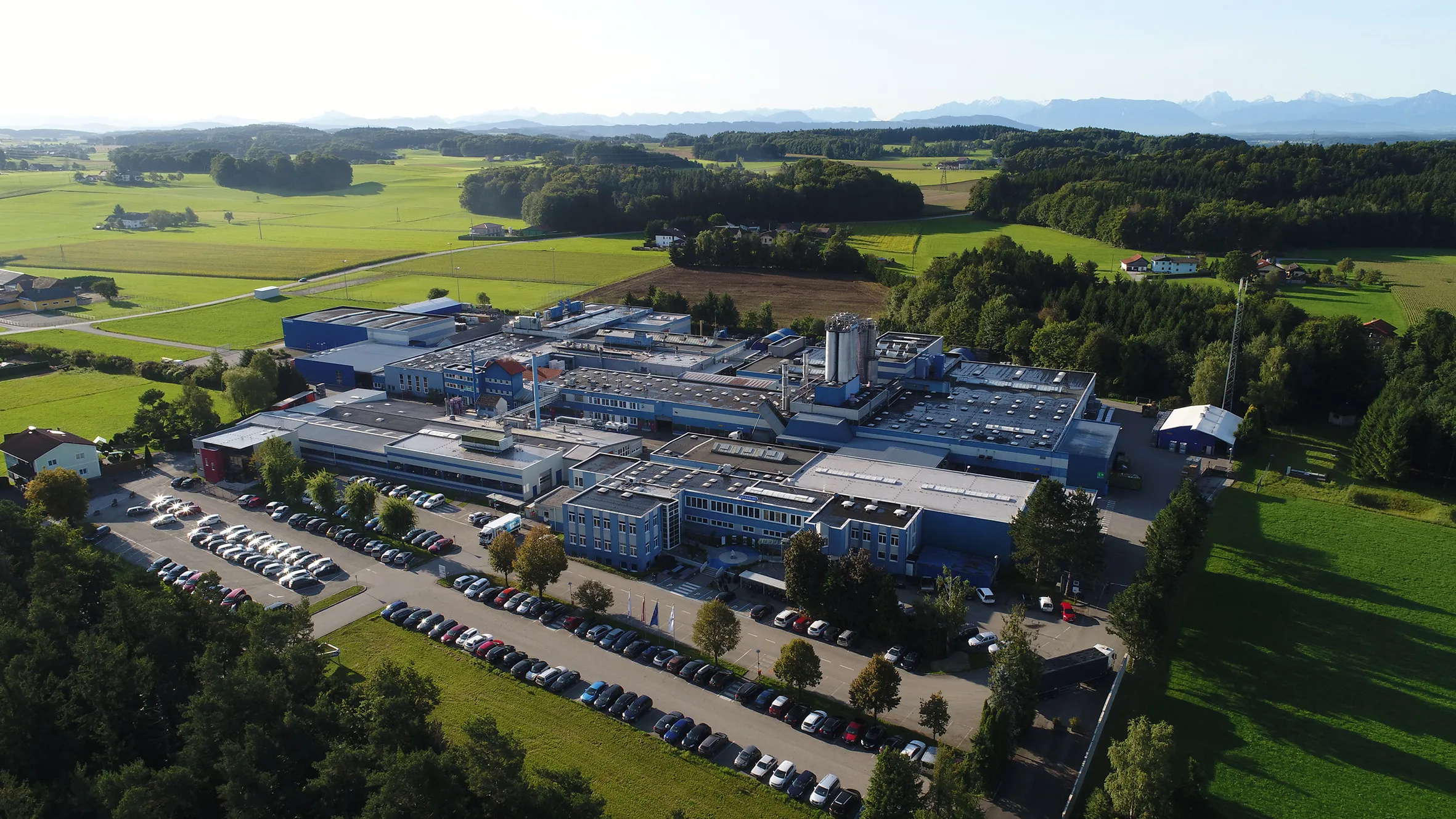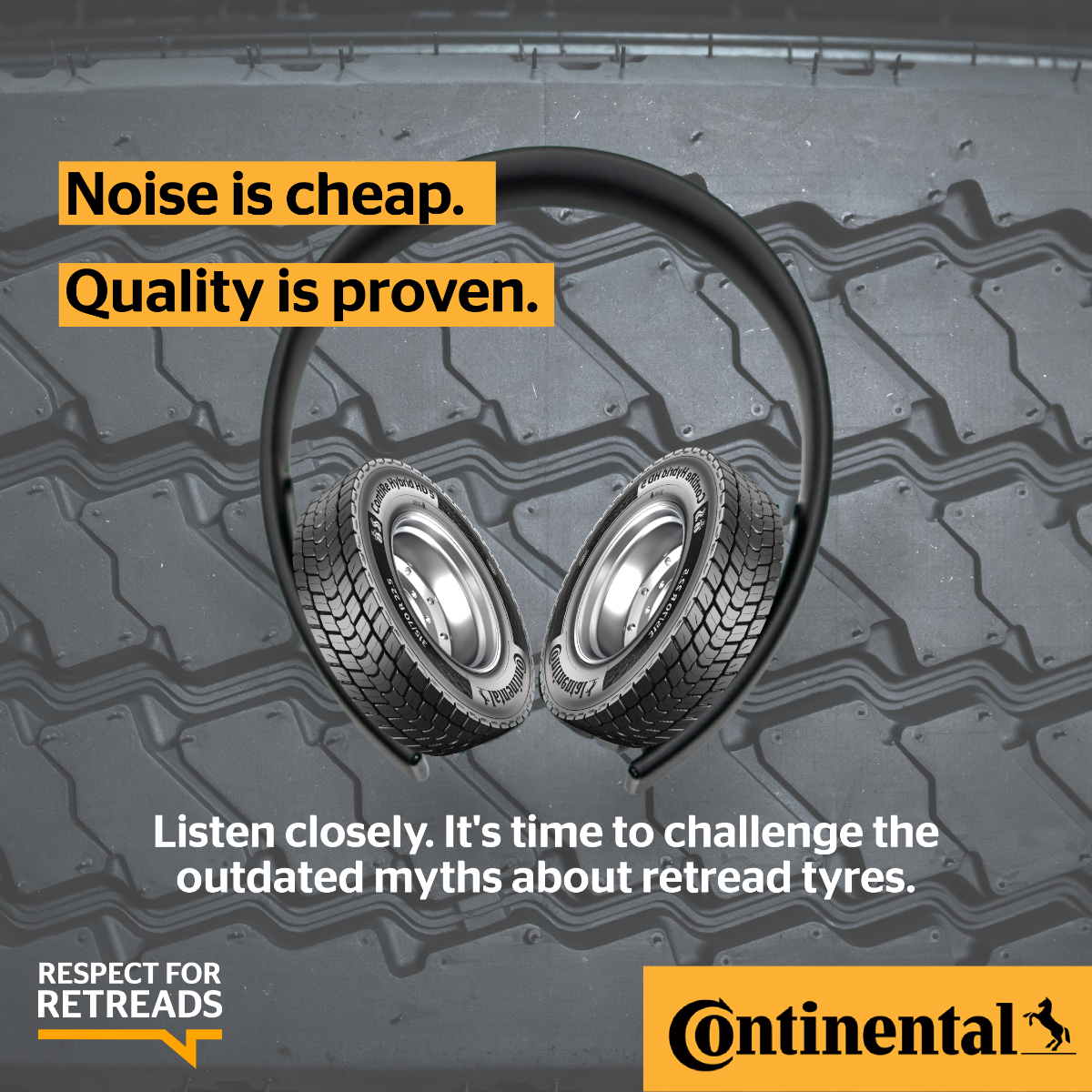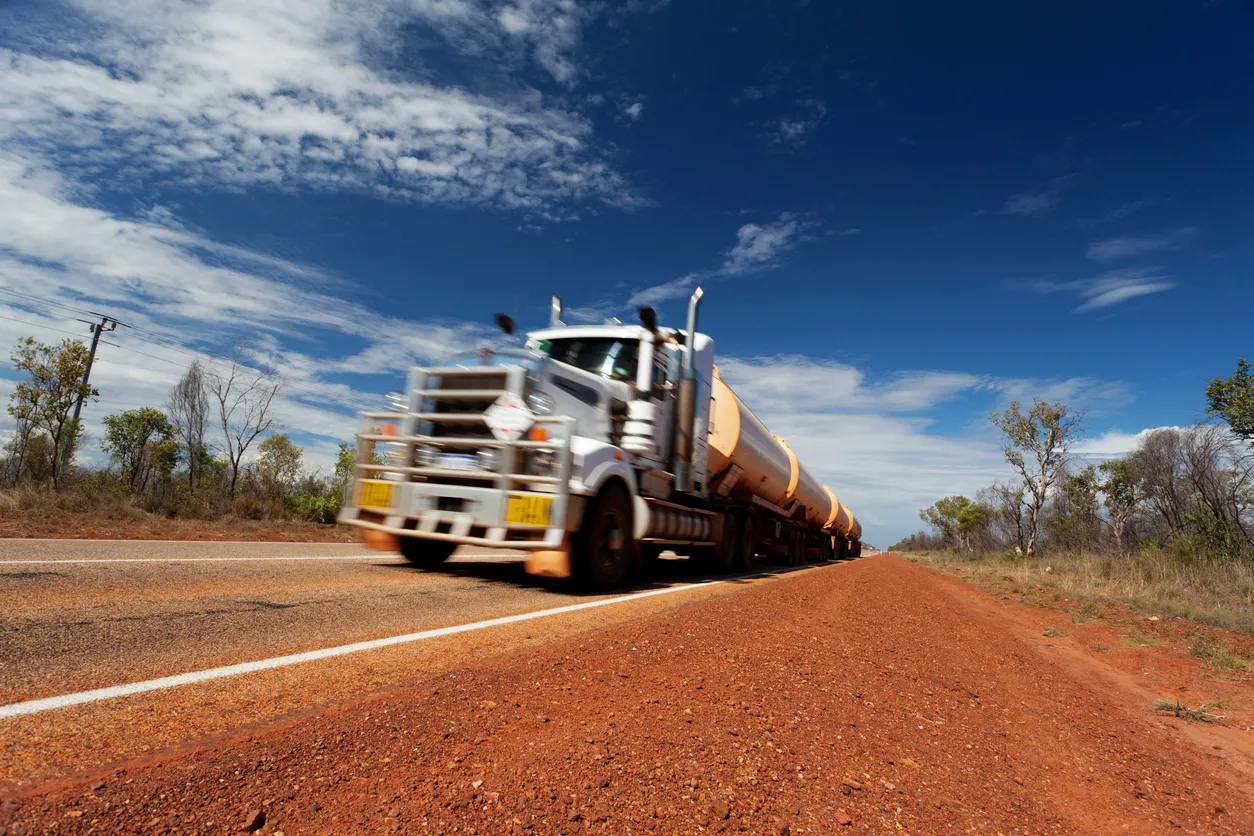Peru-based RENOVA has taken a very professional approach to its business and has established itself as one of the pioneers in applying robotic technology to OTR tyre repair.
Robotic Advances in Retreading
Speaking with Retreading Business, Corporate General Manager, Lizardo Benites, covers how the company has invested heavily in developing fully in-house robotic systems designed to transform efficiency, precision, and safety in the repair of some of the world’s largest and most expensive tyres.
Benites emphasised that the robots used by RENOVA are entirely self-developed, with both hardware and software created internally. “We have developed robots to perform skiving on tyres for the application of our reinforcements with Steel Cord,” he explained. The machines operate through a three-dimensional Inventor programme, which allows operators to define the type of damage to be repaired and then execute the task automatically.
According to Benites, the advantages over manual repair are clear. “The first is precision. The robot has very tight tolerances. The work speed is ten times faster than that of a human, and worker safety has improved. We have eliminated occupational illnesses.” The productivity gains are equally significant. RENOVA is now able to process an average of ten giant tyres per day, equating to around 250 units per month.
The impact extends beyond throughput. With reduced handling of heavy materials and automated control of repetitive processes, operational costs have also fallen. “There is a cost reduction due to increased production,” said Benites. “We save time in heavy work. It is ten times faster than manual work.”
RENOVA’s ambitions do not stop at repair. The company is now expanding its automation capability into retreading. Using its Xtra Tread system, when the tread remnant reaches 70 per cent, the firm applies a new tread band onto the casing. This process is fully automated and enables RENOVA to remain competitive with new tyre purchases. Benites highlighted that this approach reduces the cost per operating hour by 43 per cent and extends the life of the new tyre by 40 per cent.
Although artificial intelligence has not yet been integrated, due to the complexity and variability of damage cases, the company continues to work towards greater autonomy. “We are working so that the robots can be autonomous, only under operator control, which will eliminate programming,” he said.
Commercialisation of the technology, either through direct sales of robots or licensing, is not yet planned. Benites noted that wider release would only be considered once the systems are fully autonomous and no longer require operators with specialist CNC programming skills.
Instead, RENOVA is focusing on collaborations within its own industrial ecosystem. The company is currently working alongside clients of its sister firm, Laminados SAC, which produces rubber compounds for the retreading industry. On the subject of intellectual property, Benites remarked that RENOVA has not pursued patents, citing the company’s preference for free market competition and open industrial development.
Looking to the future, RENOVA is developing a system capable of identifying tyre failures and automatically matching them with a library of pre-programmed repair solutions. The company, however, does not intend to move beyond its core specialism in large mining tyres. “Our speciality is in large mining tyres, which are currently the most expensive in the market,” said Benites. “A new 59/80R63 costs approximately USD 50,000, and a repair to recover this tyre costs USD 5,000, with a guarantee until the end of the tyre’s life.”
By combining robotics with retreading know-how, RENOVA is positioning itself at the forefront of OTR tyre repair technology. Its focus on cost efficiency, safety and competitiveness against new tyres suggests that the future of large tyre repair may well be driven by automation.







